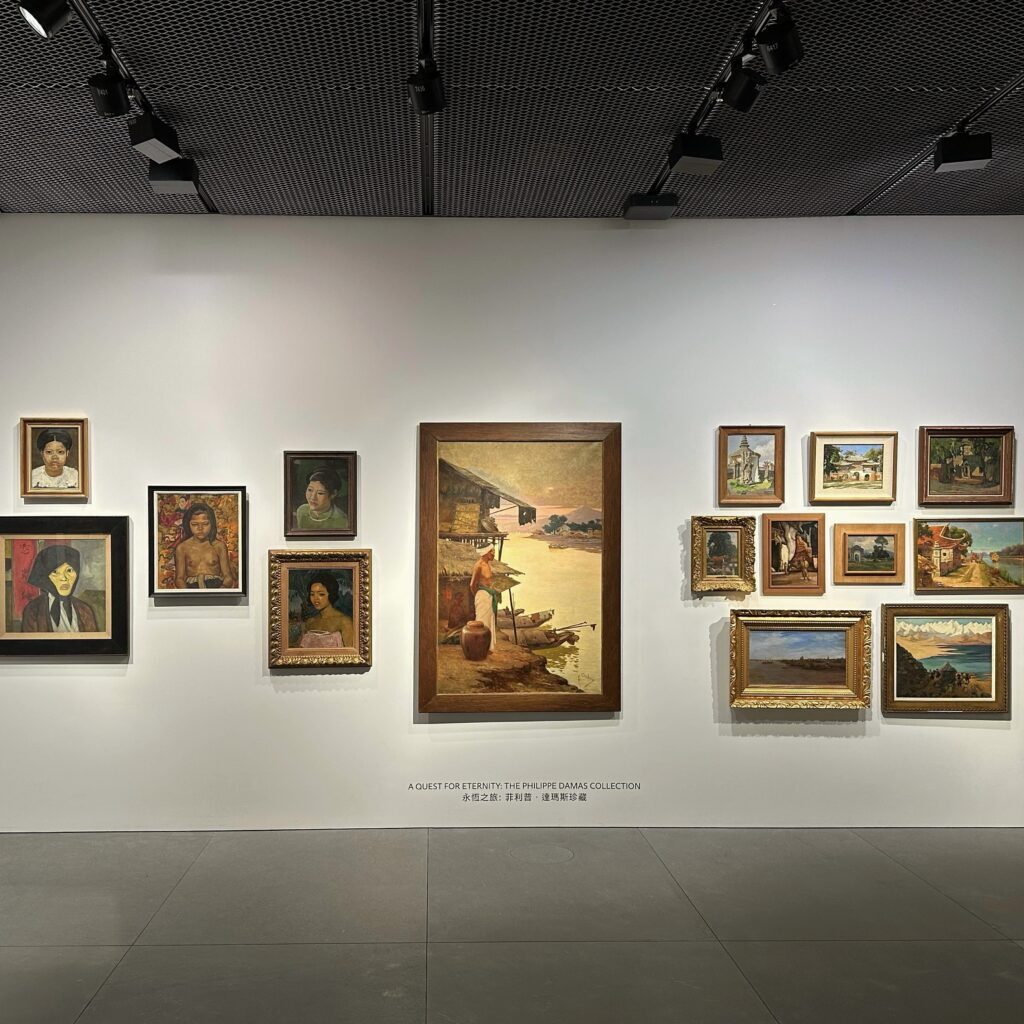Le Nez is a sculpture by Alberto Giacometti which, like many of the artist's other works, went through several versions, the Swiss genius constantly reworking his motifs. Less well known than L'homme qui marche or the "Femmes immobiles" series, it is no less beloved by meticulous observers of the work of the artist who died in 1966 at the age of 64.
Le Nez, then, is a sculpture suspended in a parallelepiped-shaped cage, depicting a coherent human head. Except for its disproportionately long nasal appendage. It's hard not to think of Pinocchio when confronted with this work, which Giacometti continued to rework in his Paris studio right up to the end of his life.
Exposition 'Alberto Giacometti: Le Nez (The Nose)' at the Fondation Giacometti Institut
The "Le Nez" exhibition, at the Institut Giacometti in Paris's 14th arrondissement, presents all the versions. With the exception of one, the very first, dating from 1947 and now on show at the Kunstmuseum in Basel. But this one, in plaster, is too fragile. And cannot be moved. It would be unreasonable," says Hugo Daniel, curator of the Paris exhibition. Nobody knows what might happen.
The sculpture from every angle
But the sculpture is there, in the form of a hologram. The work was carefully scanned using technology from the Los Angeles-based company Proto, considered one of the most advanced in the sector. The teams travelled to Basel and captured every angle of the sculpture. The work appears in a box in the exhibition, a sort of caisson. Here it seems to rotate in front of the visitor. At times, it splits into two.
The hologram of Alberto Giacometti's sculpture "The Nose" created in the Proto M from the Giacometti-Stiftung collection at the Kunst Museum Basel thanks to Christie's support and introduction.
Giacometti's Nose is not Proto's first coup. The Californian company has already made its mark with holograms of celebrities such as athletes Usain Bolt and Lewis Hamilton, and entertainment stars like Sean "Diddy" Combs and Ellen DeGeneres. Proto has also already made an impression in the art world, exhibiting a scanned version of Degas' Petite danseuse de quatorze ans at Christie's in April 2022, first in Los Angeles, then in Hong Kong.
The exhibition of a hologram in a European museum is unprecedented. Particularly for an artist for whom it is difficult to find a more established equivalent. But the Institut Giacometti is adamant that the process is "no gimmick": "It's an educational device. The hologram is surrounded by information on the different stages of the work, images and clues to the stages of Giacometti's research", explains Hugo Daniel.
However, while Daniel insists that "nothing will ever replace the work of art", the presence of a hologram is bound to raise questions about the future of exhibitions and the cost of transporting and insuring works of art. All the more so given the speed of technological advances in scanning. These are all questions that the most prestigious museums are asking themselves. For example, as part of the "Van Gogh à Auvers-sur-Oise, les derniers mois" exhibition at the Musée d'Orsay (until February 3, 2024), the Lito company has produced a monochrome facsimile of the painting The Church at Auvers-sur-Oise.
Visitors will discover a version without color, but with all the texture left by the Dutchman's brushes. An augmented reality device allows visitors to immerse themselves in the landscape reproduced by Van Gogh. As for the Louvre, it has just unveiled a partnership between the Egyptian antiquities department and the social network SnapChat. Visitors can scan the QR code installed alongside some of the works, triggering interactive experiences. Technology continues to transform museums














